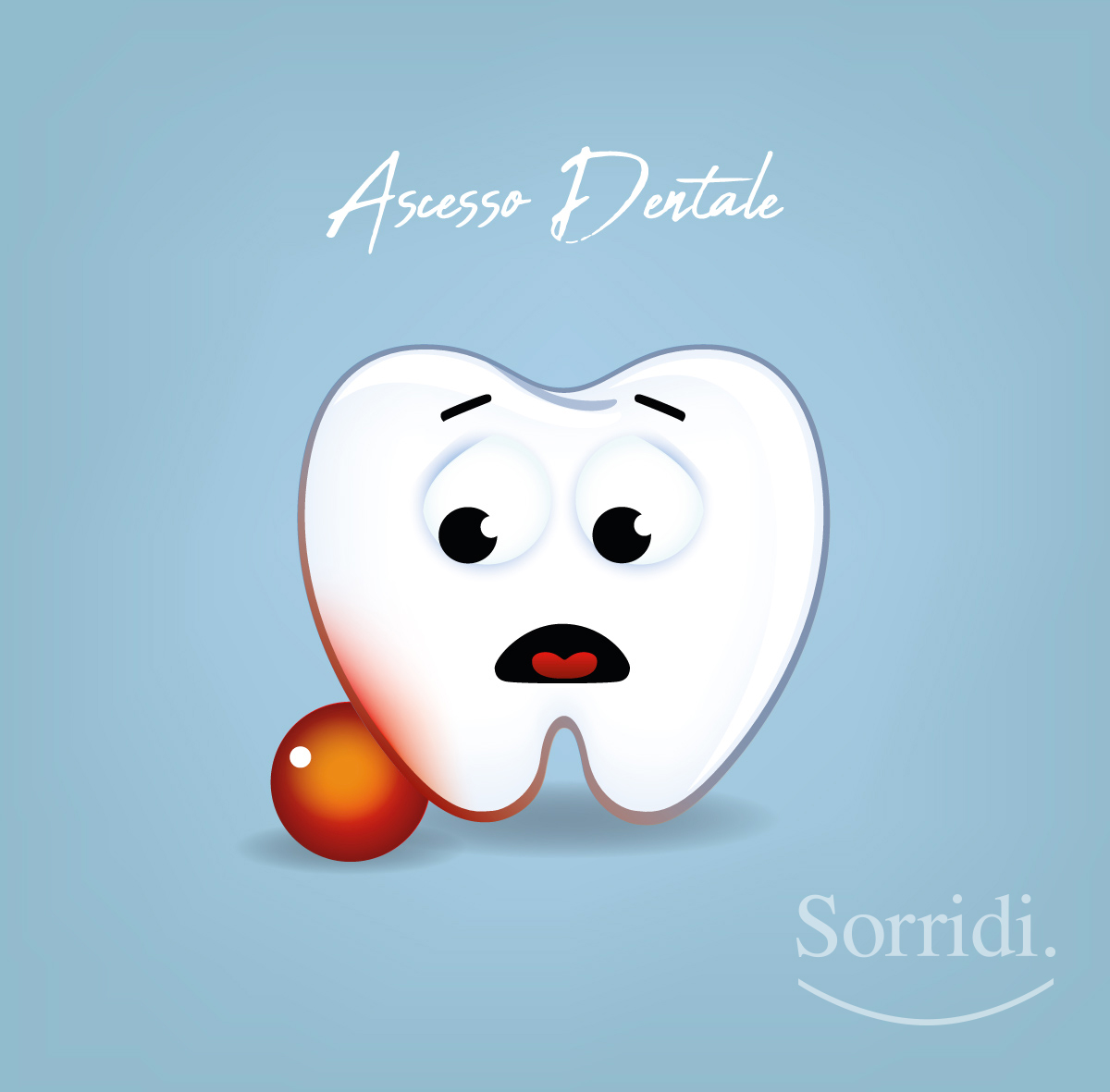
01 Dic SOS ascesso dentale nei bambini
Forse non tutti sanno che, data la vulnerabilità dei denti da latte, l’ascesso dentale nei bambini è molto diffuso e, esattamente come per gli adulti, non va assolutamente sottovalutato o trascurato.
Questa infiammazione batterica che colpisce i denti o i loro tessuti di supporto infatti, può compromettere la salute orale di grandi e piccini.
Ma niente paura! In questo articolo ti forniremo le informazioni necessarie ad affrontare un’eventuale ascesso dentale del bimbo con serenità e sicurezza.
Iniziamo!
Ascesso ai denti da latte, di cosa si tratta?
Hanno sorrisi tenerissimi, sono sempre in movimento e adorano dolcetti, caramelle e bevande zuccherate. Di chi parliamo?
Dei bambini, è chiaro!
Ecco perché, fin dalla più tenera età, i denti dei bambini sono molto soggetti a piccoli traumi dentali e carie, che poi rappresentano le principali cause di ascesso dentale nel bimbo.
Gli ascessi dentali dei più piccoli colpiscono principalmente i denti da latte: denti destinati a cadere è vero, ma non per questo trascurabili. Un problema ai denti da latte, come carie e/o ascessi, può infatti danneggiare il sorriso del bambino ed i dentini vicini, fino a compromettere la dentatura futura.
Ed il tipo di ascesso più frequente nei bambini è anche il più fastidioso, ovvero l’ascesso periapicale: un’infezione intorno all’apice del dente che coinvolge la polpa dentaria e può colpire qualsiasi dentino.
Come riconoscere un ascesso dentale nel bambino?
Gli ascessi dentali sono generalmente caratterizzati da sintomi e segni molto chiari e fastidiosi. Tuttavia, soprattutto nei più piccoli, si tende spesso a sottovalutare questi segnali di allarme, confondendo i sintomi di ascesso dentale dei bambini con un semplice mal di denti.
Ecco perché bisogna che mamme e papà prestiate maggiore attenzione a:
- gonfiore della gengiva e dei tessuti, con probabile comparsa di fistole per la fuoriuscita del pus
- mal di denti, anche forte
- difficoltà a masticare e/o parlare
- alitosi
- stati febbrili in assenza di raffreddore o influenza
- malessere generale e capricci apparentemente immotivati
Ascesso ai denti da latte, cosa fare?
L’ascesso dentale del bimbo, così come quello dell’adulto, richiede necessariamente l’intervento del dentista, meglio se specializzato in odontoiatria pediatrica. Nei bambini più che mai, è sconsigliatissimo ricorrere all’autocura.
Dunque, se il tuo bambino presenta i sintomi di un ascesso ai denti, la prima cosa da fare è fissare una visita di controllo per il piccolo. Il dentista valuterà la terapia adeguata:
- terapia antibiotica per ridurre l’infiammazione acuta
- semplice drenaggio dell’ascesso e disinfezione della zona colpita, in caso di ascessi gengivali
- terapia canalaredel dente da latte in caso di ascesso periapicale con dente ancora lontano dalla permuta e recuperabile mediante ricostruzione
- estrazione, nel caso in cui il dentino colpito da ascesso sia gravemente compromesso
Come alleviare i fastidi di un ascesso dentale nei bambini?
Se il dentista non è immediatamente disponibile e l’ascesso provoca fastidi non indifferenti al tuo piccolino puoi alleviare il dolore con sciacqui di acqua e sale, per disinfettare il cavo orale, e impacchi di malva, dall’effetto calmante. Poi assicurati che il bimbo dorma con la testa sollevata da almeno due grandi cuscini, cosi da ridurre il flusso di sangue alla testa e, di conseguenza, la sensazione di dolore.
Ed infine, coccole: il rimedio da sempre più efficace ed apprezzato dai piccolini.
Si possono prevenire gli ascessi dentali nei bambini?
Con l’ascesso dentale, trattandosi di un’infezione di natura batterica, è complicato parlare di prevenzione vera e propria. Tuttavia, per diminuire il più possibile il rischio di carie e ascessi nei bambini, è importante abituarli fin da subito a prendersi adeguatamente e quotidianamente cura dei propri dentini: una corretta routine di igiene orale bambini e periodiche visite di controllo dal dentista o pedodontista di fiducia, rappresentano i migliori alleati per prevenire carie e ascessi dei bambini e degli adulti. E non dimenticare l’importanza di un’alimentazione sana e povera di zuccheri sulla salute orale e generale.
Un ascesso dentale nel bambino non va mai trascurato, così come un dente da latte cariato. Ai primi sintomi non esitare a contattare il tuo dentista di fiducia.
Prendersi cura dei denti dei bambini è l’unico modo per garantire loro un sorriso bello e soprattutto sano anche da adulti.
Se desideri ricevere informazioni o vuoi prenotare una consulenza con i nostri esperti del sorriso e di odontoiatria pediatrica, lo studio Dott. Ponchio dentista Locarno rimane a disposizione.
Tel +41 91 751 80 87 o info@studioponchio.ch.
L’articolo ti è stato utile? Puoi ringraziarci mettendo un like o condividendolo!
